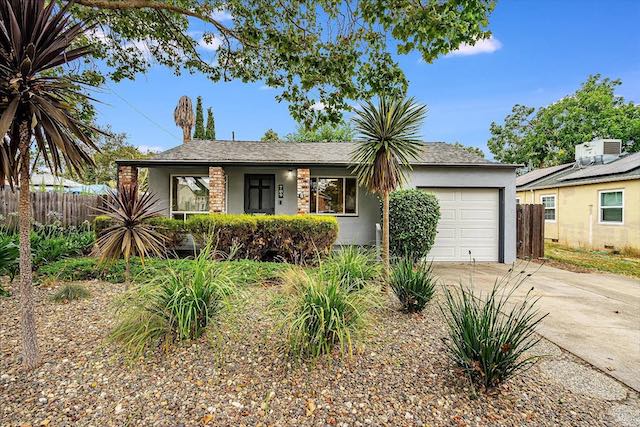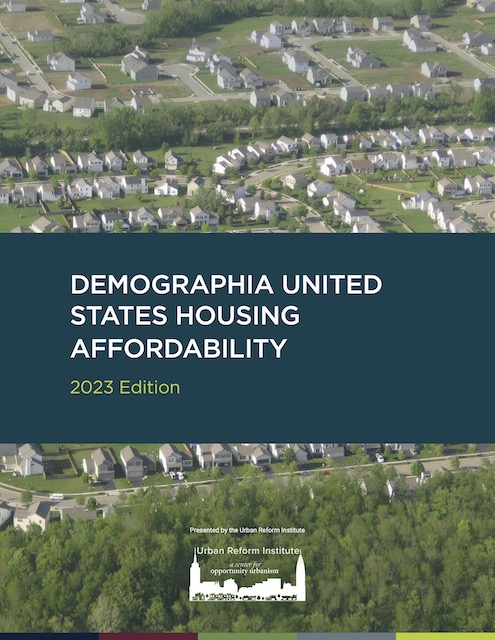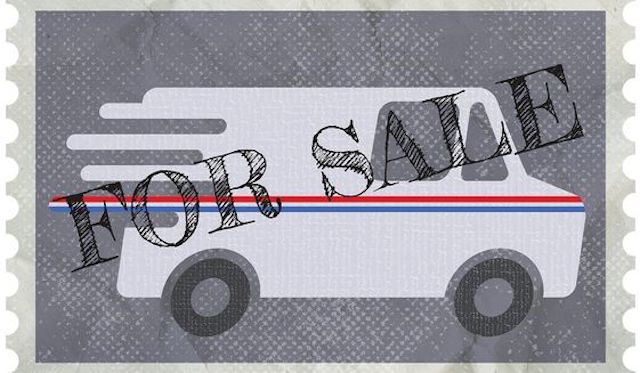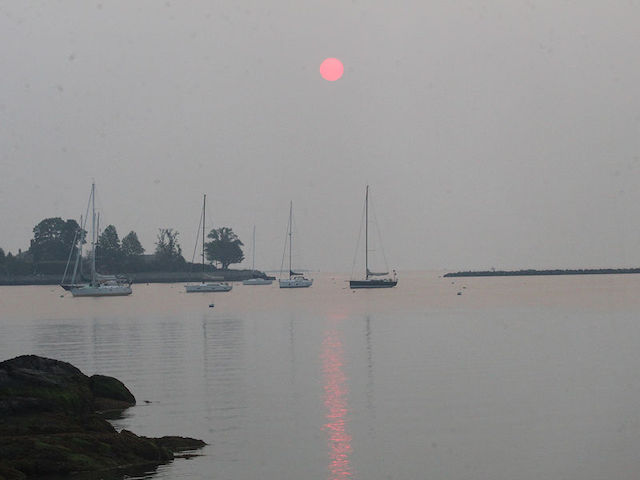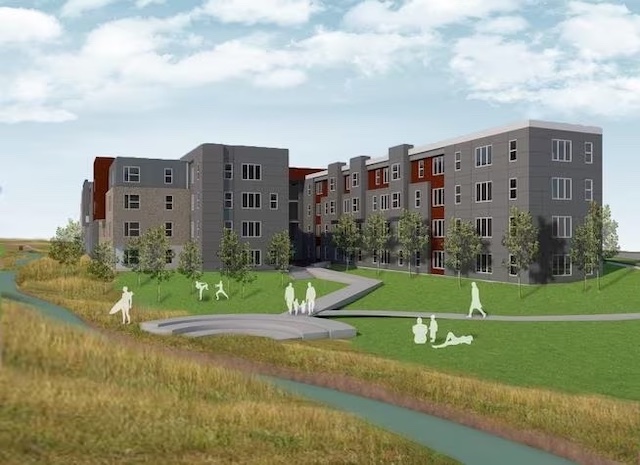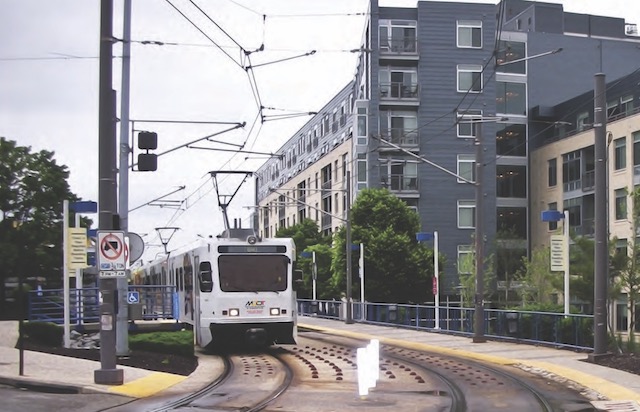A math-challenged report finds that homes in the San Francisco Bay Area are still selling above their asking price despite census data showing that the region’s population is declining. The report says that Vallejo (which is part of the San Francisco Bay Area but the Census Bureau counts as a separate urban area) “is the number one metro area for selling homes over the list price,” followed by San Francisco and Rochester, New York.
This 1,020-square-foot house on a 4,800-square-foot lot is offered for sale in Vallejo for $499,000, but if recent experience is any guide it will actually sell for around $536,000.
The report says that homes in Vallejo typically sell for 1.07 percent more than their asking price and homes in San Francisco sell for 1.03 percent more than their asking price. However, this is wrong: what the report means is that homes in Vallejo sell for 1.07 times their asking price (which is 7 percent more) and homes in San Francisco (meaning the San Francisco-Oakland urban area) sell for 1.03 times their asking price (or 3 percent more). Continue reading

